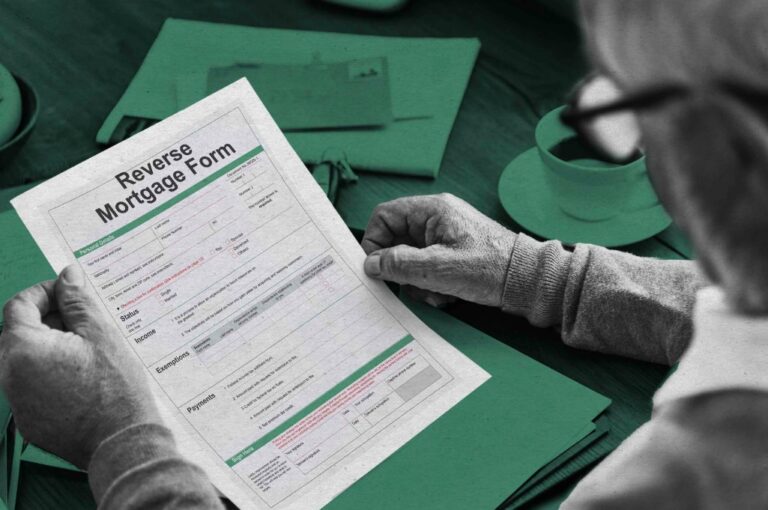Cleaning an engine block is an essential maintenance task for any car enthusiast or mechanic. A clean engine block not only looks good but also performs better, as it’s free from dirt and grime that can affect its functioning. In this article, we’ll explore the intricacies of cleaning an engine block, ensuring your engine operates at its peak.
Why Clean Your Engine Block?
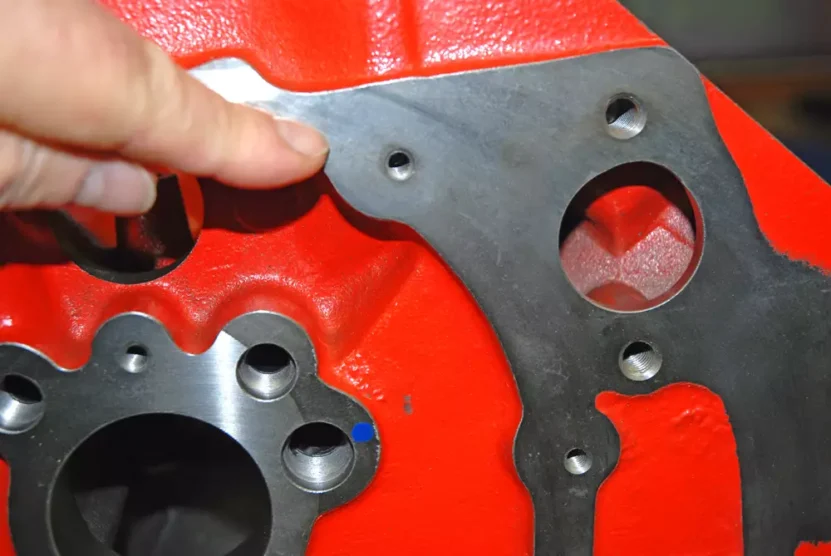
Understanding the importance of a clean block sets the foundation for this task. The motor, being the heart of your car, is exposed to various contaminants such as oil, grease, and dirt. These substances can cause corrosion, reduce cooling efficiency, and lead to the premature wear of motor components. Regular cleaning helps in early detection of leaks and other issues, thus prolonging the life of your engine.
Preparation is Key
Before starting the cleaning process, preparation is crucial. Ensure the engine is cool to avoid injuries and damage. Gather all necessary tools and cleaning agents. You’ll need a degreaser, brushes of various sizes, a garden hose or pressure washer, protective gear, and perhaps a steam cleaner. Cover sensitive areas like electronic components, air intake, and distributor with plastic bags to prevent water damage.
Choosing the Right Degreaser
Selecting an appropriate degreaser is critical for effective cleaning. There are various types available, including solvent-based, water-based, and foam degreasers. Consider factors such as the level of grime, environmental friendliness, and compatibility with your engine’s materials. Apply the degreaser generously and let it sit for the time specified by the manufacturer to break down the grease and oil.
Scrubbing the Engine Block
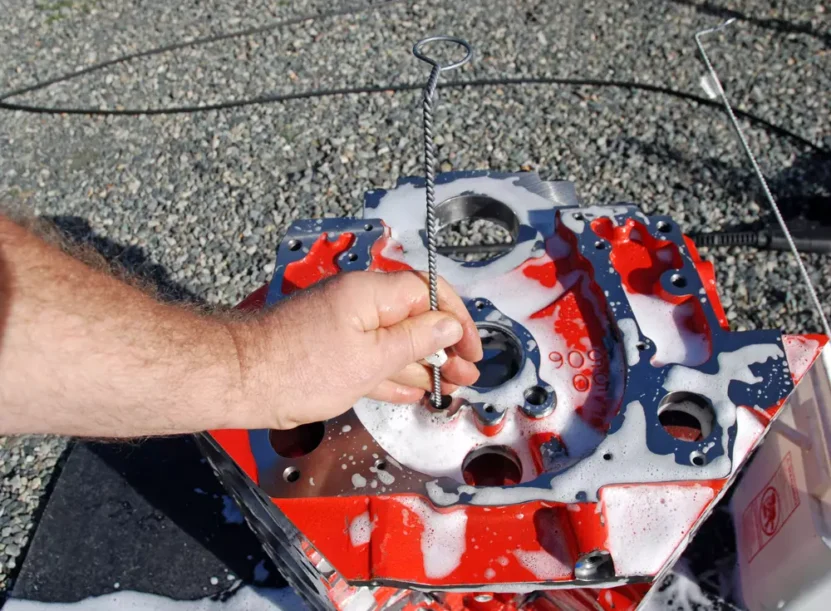
After the degreaser has done its job, scrubbing begins. Use brushes of different sizes to reach all nooks and crannies of the block. Pay special attention to areas with heavy build-up. Be thorough but gentle to avoid damaging any parts. If you happen to damage something by accident, worry not, check out monsterengineparts.com if you need a replacement part. For extremely tough grime, a steam cleaner can be effective, providing deep cleaning without harsh chemicals.
Rinsing and Drying
Once scrubbed clean, rinse the motor block thoroughly with a garden hose or pressure washer. Be cautious with the pressure washer to avoid forcing water into sensitive areas. After rinsing, drying is just as important. Use compressed air or a leaf blower to remove excess water, especially from hard-to-reach spots. Let the motor dry completely before removing the protective covers from sensitive components.
Final Touches and Inspection
With the engine block clean and dry, it’s time for final touches and inspection. Check for any signs of wear or damage that may have been hidden by dirt. This is also an excellent opportunity to replace any deteriorated parts. Once satisfied, start the motor and let it run for a few minutes to ensure everything is functioning correctly.
Maintaining a Clean Engine Block

Regular maintenance is key to keeping your engine block clean. Simple habits like wiping off spills, checking for leaks, and periodic cleaning can go a long way in maintaining engine performance. Avoid parking in dusty or dirty areas and consider using motor protectants that repel dirt and make future cleanings easier.
Safety and Environmental Considerations
Safety should be your top priority. Always wear protective gear like gloves and goggles. Be mindful of the environmental impact of the cleaning agents you use. Dispose of waste water and chemicals responsibly to prevent pollution.
Common Mistakes to Avoid
Avoid using harsh chemicals that can damage engine components. Don’t rush the process; give the degreaser enough time to work. Be careful not to get water in electrical components, as this can cause serious damage. Lastly, never clean a hot motor, as this poses a risk of injury and damage to the engine.
Troubleshooting Common Cleaning Challenges
Even with meticulous cleaning, you might encounter stubborn grime or oil stains that refuse to budge. For these, a stronger solvent may be necessary, but use it sparingly and carefully. If you’re dealing with rust, consider a rust remover specifically designed for engine components. Always test any new product on a small, inconspicuous area first to ensure it doesn’t damage the engine’s surface.
Enhancing Cleaning Efficiency with the Right Tools

The right tools can significantly enhance the efficiency of your motor cleaning process. Consider investing in a variety of brushes – from wire brushes for tough grime to softer brushes for delicate areas. A good quality steam cleaner can be a game-changer, especially for engines with a significant build-up of oil and grease. Additionally, microfiber cloths are excellent for wiping down and polishing the engine once it’s clean.
The Role of Motor Protection Post-Cleaning
Once your engine block is sparkling clean, protecting it to ensure it stays clean is a wise step. There are various motor protectants and coatings available that can help repel dust and make the surface easier to clean next time. These products can also add a layer of protection against rust and corrosion.
Educating Yourself on Engine Components
A fundamental understanding of the different parts of your engine is beneficial. This knowledge not only helps in identifying areas that need more attention during cleaning but also aids in recognizing potential issues. Familiarize yourself with parts like the cylinder head, oil pan, timing cover, and crankshaft. Understanding these components can make your cleaning process more targeted and effective.
Timing and Frequency of Cleaning
How often you should clean your block depends on various factors like your driving conditions, the age of your vehicle, and the type of engine. As a general rule, a thorough cleaning once a year is advisable for most vehicles. However, if you frequently drive in harsh conditions, more frequent cleanings might be necessary.
Engine Health and Performance
Cleaning your block is not just a cosmetic task; it’s an integral part of overall engine maintenance. A clean engine runs cooler, is less likely to suffer from premature wear, and offers better performance. Moreover, a clean engine is easier to work on, making routine maintenance and troubleshooting more straightforward.
End Note
In summary, engine block cleaning is a crucial aspect of vehicle maintenance that should not be overlooked. It’s about more than just aesthetics; it’s about ensuring the longevity and optimal performance of your vehicle’s heart. By following the detailed steps and tips provided, and incorporating regular cleaning into your maintenance routine, you’ll be doing a great service to both your vehicle and yourself.
Related Posts:
- How to Replace Fireplace Tiles: Tips for a Clean Job
- Is 9Cr18MoV Steel Good for Knives? A Comprehensive…
- How Long Does It Take to Get Short-Term Disability?…
- How Long Does Short-Term Disability Take to Process?…
- How to Fix a Relationship: Tips for Rebuilding…
- Teen Dating With Age Gaps – What's Allowed and Tips…

